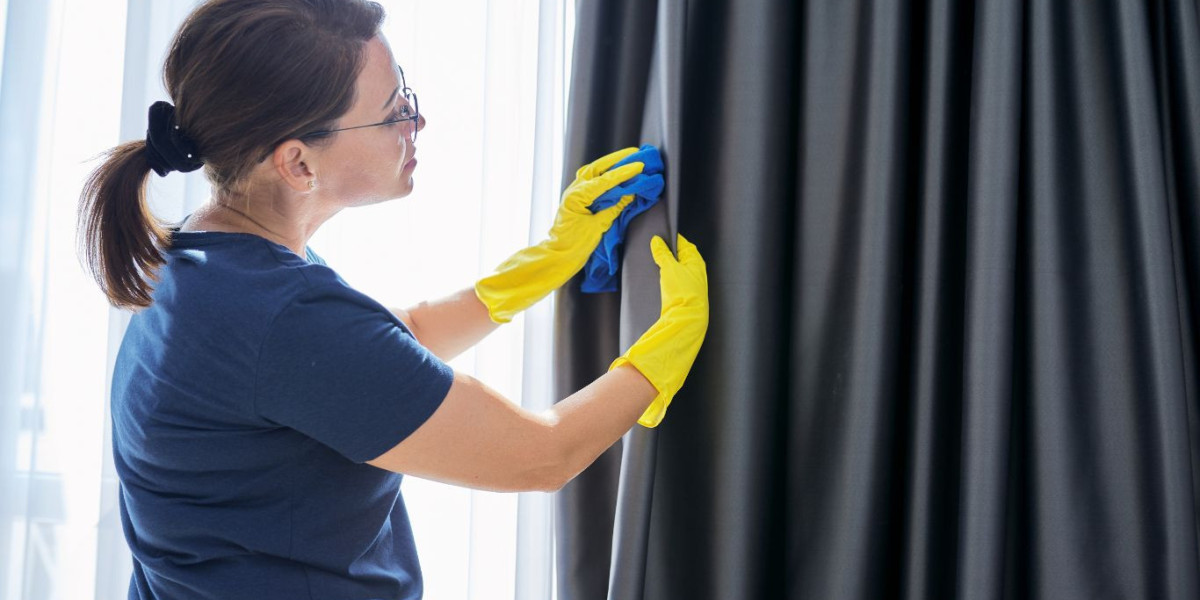For many, the bedroom is a sanctuary for rest and relaxation. However, hidden within the fabric of our mattresses lurk microscopic allergens such as dust mites, pet dander, and pollen, which can trigger allergic reactions and impact sleep quality. Managing these allergens is crucial for maintaining a healthy sleeping environment. Here are some strategies for dealing with dust mites and allergens in your mattress.
1. Use Allergen-Proof Encasements
Invest in allergen-proof encasements for your mattress, box spring, and pillows. These covers are made from tightly woven fabric that acts as a barrier, preventing dust mites and allergens from penetrating the surface of your bedding. Look for covers labeled "allergen-proof" or "hypoallergenic" for maximum effectiveness.
2. Wash Bedding Frequently
Wash your bedding, including sheets, pillowcases, and blankets, in hot water (at least 130°F or 54°C) every one to two weeks to kill dust mites and remove allergens. Use a gentle detergent that is free of dyes and fragrances to avoid irritating sensitive skin. Additionally, dry bedding on high heat to further eliminate allergens.
3. Vacuum Regularly
Regularly vacuum your mattress and surrounding area to remove dust mites, pet dander, and other allergens. Use a vacuum cleaner with a HEPA filter and a brush attachment to thoroughly clean the surface and seams of the mattress. Pay close attention to areas where dust tends to accumulate, such as along the edges and crevices.
4. Air Out Your Mattress
Allow your mattress to air out periodically to reduce moisture and inhibit the growth of dust mites. Remove bedding and open windows to promote airflow, or use a fan to circulate fresh air around the mattress. Additionally, consider placing your mattress in direct sunlight for a few hours to naturally disinfect and deodorize the surface.
5. Control Humidity Levels
Maintain optimal humidity levels in your bedroom to discourage dust mites from thriving. Use a dehumidifier to keep humidity levels below 50%, especially during humid months. Additionally, consider using an air purifier with a HEPA filter to capture airborne allergens and improve air quality.
6. Freeze or Steam Clean
For an extra deep clean, consider freezing or steam cleaning your mattress to kill dust mites and neutralize allergens. To freeze, place your mattress in a large freezer for at least 24 hours to kill dust mites and their eggs. Alternatively, use a handheld steam cleaner to penetrate the fabric and sanitize the surface of the mattress.
7. Consider Allergy-Friendly Mattress Materials
If you're in the market for a new mattress, consider choosing allergy-friendly materials that are resistant to dust mites and allergens. Look for mattresses made from natural latex, organic cotton, or hypoallergenic materials specifically designed to repel allergens.
By implementing these strategies, you can effectively reduce dust mites and allergens in your mattress and create a healthier sleeping environment. With regular maintenance and attention to allergen control, you can enjoy a restful night's sleep without the worry of allergic reactions.
https://spotlessmattresscleaning.com.au/mattress-cleaning-canberra








